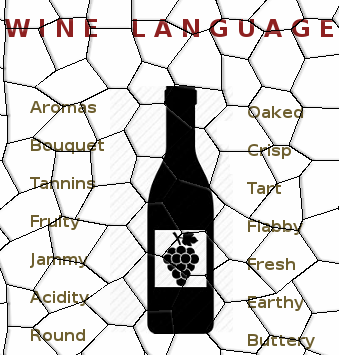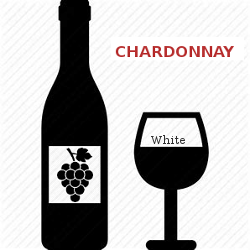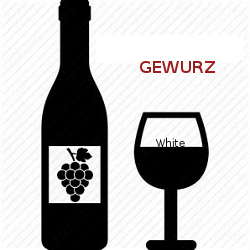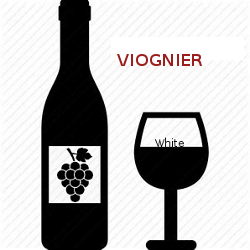
HomePage
WINE LANGUAGE
There are many words that can be used to describe wine's character. From a bottle of wine, you can get distinctive flavours, aromas, body type and style.Professional wine tasters use these words to give wine a detailed character description. You can do the same.
Knowing these words and what they mean can be useful when discussing, describing, or buying wine.
Wine Style
Aromas - used to describe flavours and aromas in young winesBouquet - used to describe flavours and aromas in wines that have been aged
Body - can be light, medium, full, rich, bold, fruity
Sweetness - used to describe residual sugars in wine, can range from very dry to very sweet. Residual sugars are a by product of the wine making process, not added sugar as found in common soft drinks. Wine makers control the amount of residual sugar by controlling the fermentation process.
Some of the more common sweetness types in wine are:
brut, x dry - most common in sparkling wine styles,
dry - most common in white and red still wines and some sparkling styles,
medium dry, medium - most common in white still wine styles commonly known as an "off dry style". These wines have a bit of sweetness to them. Can also be found in some sparkling styles, rose styles, and some red still wines. Medium dry is considered less sweet than medium.
sweet, very sweet - most common in dessert wines, wines labelled as sweet or very sweet are commonly paired with sweets, desserts, fruit pies, custards. And, depending on the wines' notes, red sweet wines can be paired with beef like hamburgers. Sweet wines are also paired with many styles of cheese, both red and white wine types.
Rich - sense of sweetness but not excessive
Tannins
Tannic- lots of tannins in the wine - like black tea tasteSupple- not overly tannic
Soft- not overly tannic
Smooth- soft tannins, pleasing texture
Round -good sense of body, not too tannic
Rough - coarse texture, usually young tannic wine
Leathery - red wines, high tannins, thick and soft taste
Hard - overly tannic wine
Firm - strong sense of tannins
Bitter - unpleasant tannins
Astringent - white wines that are overly tannic
Fruit
Jammy - fruity rich but lacks tanninsFruity sense of grape character
Big Wine Intense flavours or lots of alcohol in the wine
Hollow - lacks sense of fruit
Acidity
Acidic -noticeable acidityCloying -not balanced with acidity
Crisp - pleasing acidity
Fresh - good acidity
Tart - high acidity
Fat - too much fat, not balanced by acidity in the wine
Flabby - lacking acidity
Sour - unbalanced acidity, excessive acetic acid
Flavours
Vegetal - aromas and flavours vegetarianGreen - vegetal notes, reds with bell pepper or herbal notes, unripe grapes used
Grass - mowed grass, lemon grass
Herbal - aromas like herbs
Herbaceous - herb and herbal from the grape variety character
Earthy - aromas and flavours - earth, forest, mushrooms and can be dry on palate
Oaking and Malolactic Fermentation
Buttery - from malolactic fermentation, gives buttery textureOaky - has been oaked, has flavours of vanilla, sweet spice(nutmeg), creamy body, smoky, or toasted flavour
Vanillan- aromas of vanilla found in wine oak aging
Eugenol - Isoeugenol Spice and clove notes from oak aging
Furfurral - Methylfurfural Caramel and sweet aromas from oak aging
Guaiacol - Methulguaiacol Charred and smoky aromas from oak aging
Toasty - sense of charred or smoky taste from oak aging
Spicy -various spices: black pepper, cinnamon, from grape varietal, and some from oak influences
Oxidative - wine oxidatively matures, and gives flavours of nutty, biscuity, butteriness, and spicy notes.
Raisiny - usually red wines, use of overripe grapes
Reticent - not much aromas or bouquet character, perhaps because a young wine
Overall Character
Hot - overly alcholicFinesse - high quality wine, well balanced
Elegant - has finesse and subtle flavours that are balanced
Expressive - good aromas and flavours
Depth - textured wine, complex wine, several flavours in wine
Aftertaste - the final taste of the wine, aka - the finish, longer finishes imply better quality and complexity of the wine; wines 10 sec - good, 20 secs - best.
Connected - ability to taste the wines terroir; place where wine grapes were grown- the soil, the climate, what makes the wine unique to its vineyard.
Flaws
Oxidized - too much exposure to oxidation, sherry like odorVinegary - harsh vinegar aroma result of acetic acid
Download our Free Android Wine App
Go Here To - Install the Wine App
Click a link
to learn more about the types of white and red wines, wine grapes, wine regions and winemaking.


















Browse Additional Grape Varietals Click Here
If you Liked 'Wine Language - All About Wine ', - Give Us a Social Mention
You May Also Like:
Make Sushi At Home | ProTips Photography